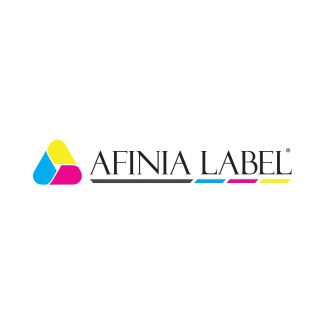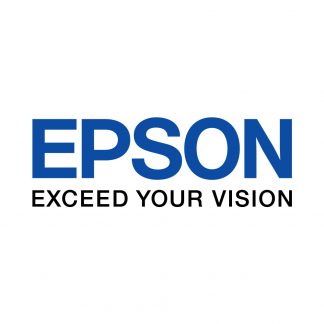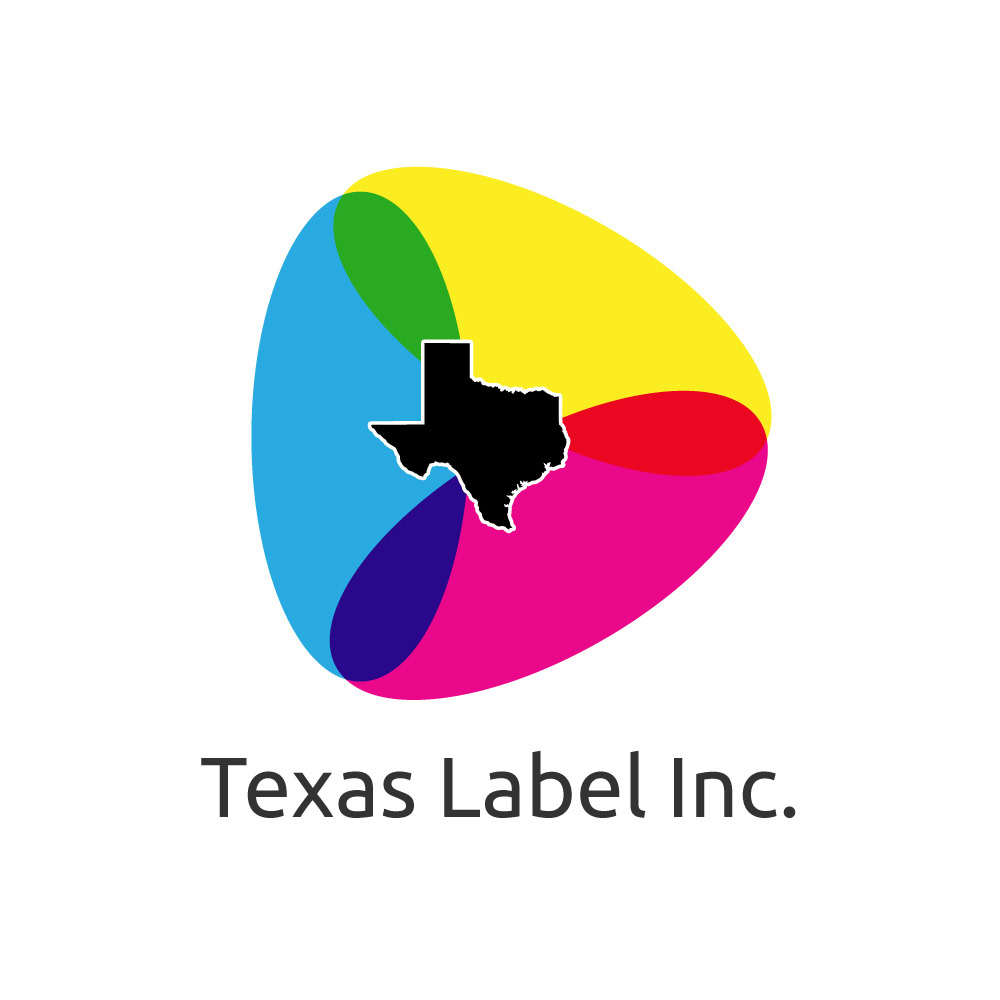
With so many different markets for various industries, there are many label requirements for different types of products. One type of product that must adhere to some very specific regulations regarding labeling requirements are nutraceuticals. Nutraceuticals have become widely available in many supermarkets, health food stores, and pharmacies. Because they are more medicinally enhanced than food products but are still not a pharmaceutical item, understanding their labeling requirements is vital. To learn all about nutraceutical labeling requirements, continue reading below.
How Dietary Supplements Are Defined
A nutraceutical can be defined as a medicinally or nutritionally functional food. Sometimes, these products are described as designer foods, phytochemicals, functional foods, and nutritional or dietary supplements. These products are always intended to supplement a diet that contains vitamins, minerals, herbs, or amino acids. Dietary supplements are never viewed the same as conventional food or the same as a sole item in a meal. For this reason, nutraceuticals fall under some complicated stipulations. While most nutraceuticals give a description on their label of the role the supplement plays, they must also state that the FDA has never properly evaluated their nutritional support statement.
Statement of Identity
One of the first things that you need to identify on a nutraceutical label is the statement of identity. The statement of identity is always the name of the product that appears on the label. This is the same on food products as it is on dietary supplements. This means that if there no name is specified, the common name must be listed as the statement of identity instead. In some cases, the common name is descriptive enough for the consumer to identify what the product is. However, if the nature of the item isn’t obvious enough, the manufacturer must apply a term that is descriptive enough to be easily understood as the statement of identity.
With dietary supplements, the statement of identity must include the term “dietary supplement.” The label can substitute the word “dietary” for a description or type of dietary ingredient from the product. An example of this would be a product that reads “herbal product.” The statement of identity should be visible on the principal display panel.
The Net Quantity of Contents
This detail refers to the exact amount of the product that is in the container. This is an established regulation that ensures the transparency of how much of the product the consumer will receive. The net quantity should always be placed in the bottom 30 percent of the label’s principal display panel. This area should be within lines that are parallel with the container’s base. The measurement of the net quantity of contents is important to understand. This measurement can be expressed in weight, measure, numerical count, or a combination of all three. In the United States, the measure and weight must be expressed using both the metric system and the US Customary System.
Nutrition Labeling
The official name of this section is the “supplement facts” panel. There are specific differences between the supplement facts panel and the nutrition facts panel that you see on food products. Any dietary ingredients without RDIs or DRVs must be listed in the supplement facts panel, which is not the case with the nutrition facts panel for foods. Nutrition facts panels don’t allow you to list the source of a dietary ingredient; however, the supplement facts panel can list the source. A source is not required, though, in the ingredient statement for dietary supplements, as long as it’s listed in the supplement facts panel. The part of the plant that the dietary ingredient is derived from must also be listed for dietary supplements. The main information in the panel should cover the names and quantities of the product’s dietary ingredients. The serving size and servings per container should also be listed in this area.
Ingredient Labeling
The term “ingredient” can cover many things on a nutraceutical label. It technically refers to any compounds used in the processing of a dietary supplement. For instance, if calcium carbonate is used to yield calcium, calcium carbonate is the “ingredient” and calcium is a “dietary ingredient.” It is important to recognize this distinction. Substances including binders, colors, excipients, fillers, flavors, and sweeteners are all considered ingredients, as well. This also means that ingredients that are sources of dietary ingredients, such as the calcium with calcium carbonate, can also be listed in the supplement facts panel.
Nutrient Content Claims
Another one of the important nutraceutical labeling requirements is a nutrient content claim. This is a claim characterized by listing the amount of a nutrient in a dietary supplement. Because of the FDA’s stringent rules, you cannot use a nutrient content claim that is not included in the FDA’s regulations on your product label. It’s important to make sure you have the proper size requirements for the text of any nutrient content claims. Keep your claim’s text no larger than twice the type size of your statement of identity. You also should avoid any typeface that may make the claim look more prominent than the statement of identity. If you make a claim, you will be required to provide a supplement facts panel to back up its validity.
Other Labeling Requirements
You also need to check whether your product is an iron-containing dietary supplement. If it is, you must follow specific requirements for labeling these types of nutraceuticals. A dietary supplement that contains iron or iron salts must also have a warning statement. It’s very important to remember the warning statement; as iron-containing products could cause fatal poisoning in children six years old and under, this statement warns consumers of the threat of overdosing. You must display the warning clearly on the information panel of the label.
To ensure you meet all the previously mentioned requirements, make sure you are using the best quality packaging label printing machine possible. High-quality label printers will allow you to get the best results when it comes to clear, bold, legible nutraceutical product labels. Texas Label Printers offers a large selection of digital color label printing equipment, packaging label machines, and other label printing equipment from the top manufacturers in the industry.




